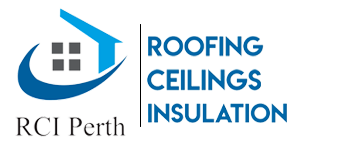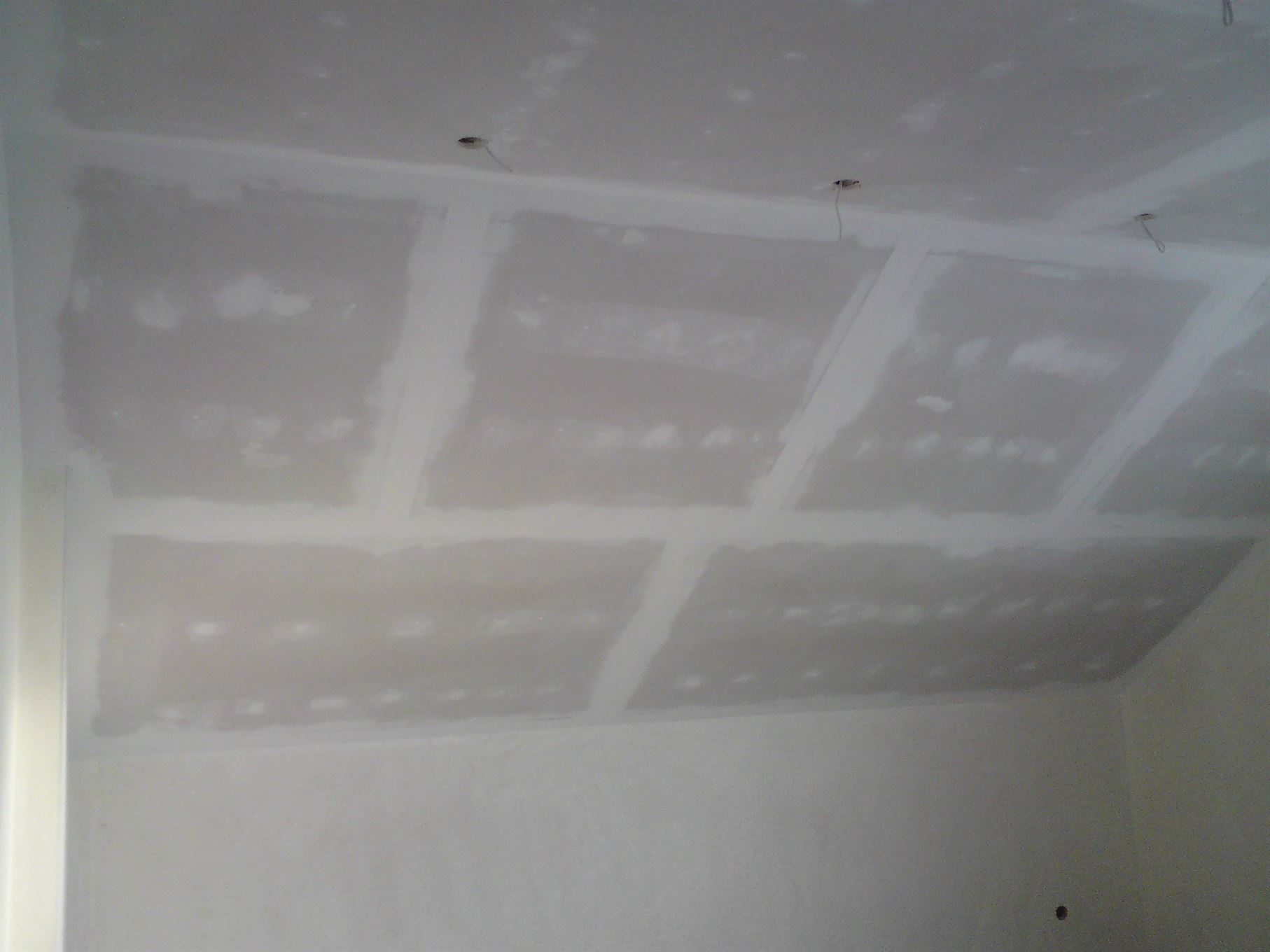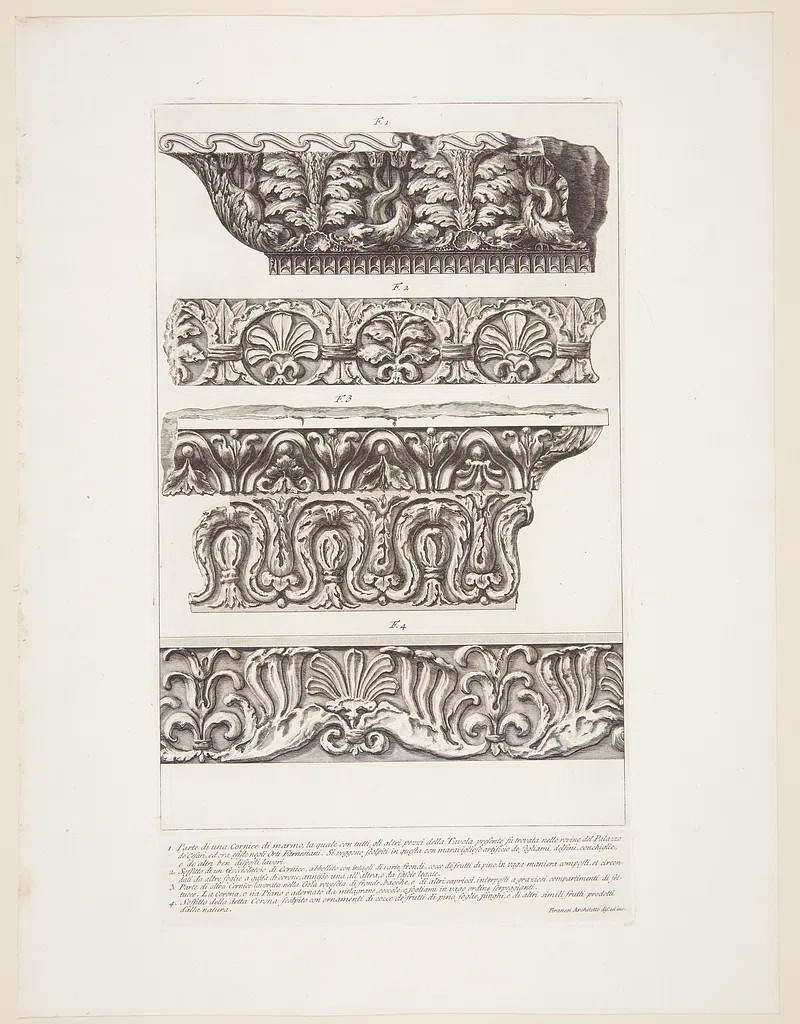Gyprock is a popular building material used to create walls and ceilings in homes around Australia. It’s usually made of plaster or cement and has many benefits, including strength, durability, and low cost. However, gyprock has some drawbacks you need to be aware of before using it on your next project.
It’s not all bad news though! Since these issues are commonly found, they can also be easily prevented, detected, and resolved. As opposed to more obscure issues, which can become a nightmare as they may require a lot more work to not only detect the issue but also resolve it.
Cracks in the gyprock
Cracks in the gyprock are the most common problem, and many different things can cause them. They should not be left alone as they could indicate a bigger problem, such as water damage or foundation issues. A professional will be able to repair cracks quickly and efficiently, returning your home to normal.
It is essential to inspect your walls regularly for any signs of cracking or deterioration to take action before it becomes too late. Are you currently a victim of ceiling cracks? Please read here for more information on judging the severity of your ceiing cracks.
Water damage
Water damage is another common gyprock problem. You can spot it if you see buckled walls, peeling paint, or mold growing on your ceiling or walls.
To avoid this problem in the future, make sure that you:
- Fix any leaks right away before they cause significant damage to your home. If you’re unsure how to do this, get in touch with a professional plumber or construction professional.
- Get rid of any signs of mold growth as soon as possible by wiping down surfaces with a solution of bleach and water (a ratio of 1 part bleach to 5 parts water). Make sure that you allow all surfaces to completely dry before using them again—this will prevent further growths from occurring under your surface paint layers!
Old gyprock or plasterboard
If your plasterboard has been around for more than 20 years, it may develop issues due to its age. Old plasterboard can be very brittle and fragile, so if you run into a problem with your old gyprock, call a professional to take care of the repairs instead of fixing them yourself.
A lot of holes to fill or patch up
Holes of various sizes can be filled with various materials, such as plaster or gyprock mud. If the hole is large enough to see through, it’s best to use a backing piece of the same or similar material to ensure that your repair will last.
Nail or screw pops
Nail pops are a common problem for gyprock. They can be caused by a number of factors, including old age and damage from a nail gun or hammer.
If you want to repair nail pops in your walls yourself, try using an adhesive such as wall filler or plaster of Paris (if your gyprock was installed before 1990) before you start hammering new nails into the wall.
There are many common problems with gyprock, but they can be fixed easily by a professional.
If you’re like most people, you’ve probably used gyprock in your home at some point. Gyprock is a common material that’s used in many homes across Australia. But just because it’s common doesn’t mean it can’t have problems! Not in Perth? No worries – Here are our tips on choosing the best contractor for your needs.
Conclusion
If you have any of these problems in your home, you should consider getting a professional to help you with them. They will be able to fix all of these issues quickly and easily without causing any long-term damage or having to replace large areas of plasterboard or gyprock. Contact us today for any gyprock repairs that you may need!




